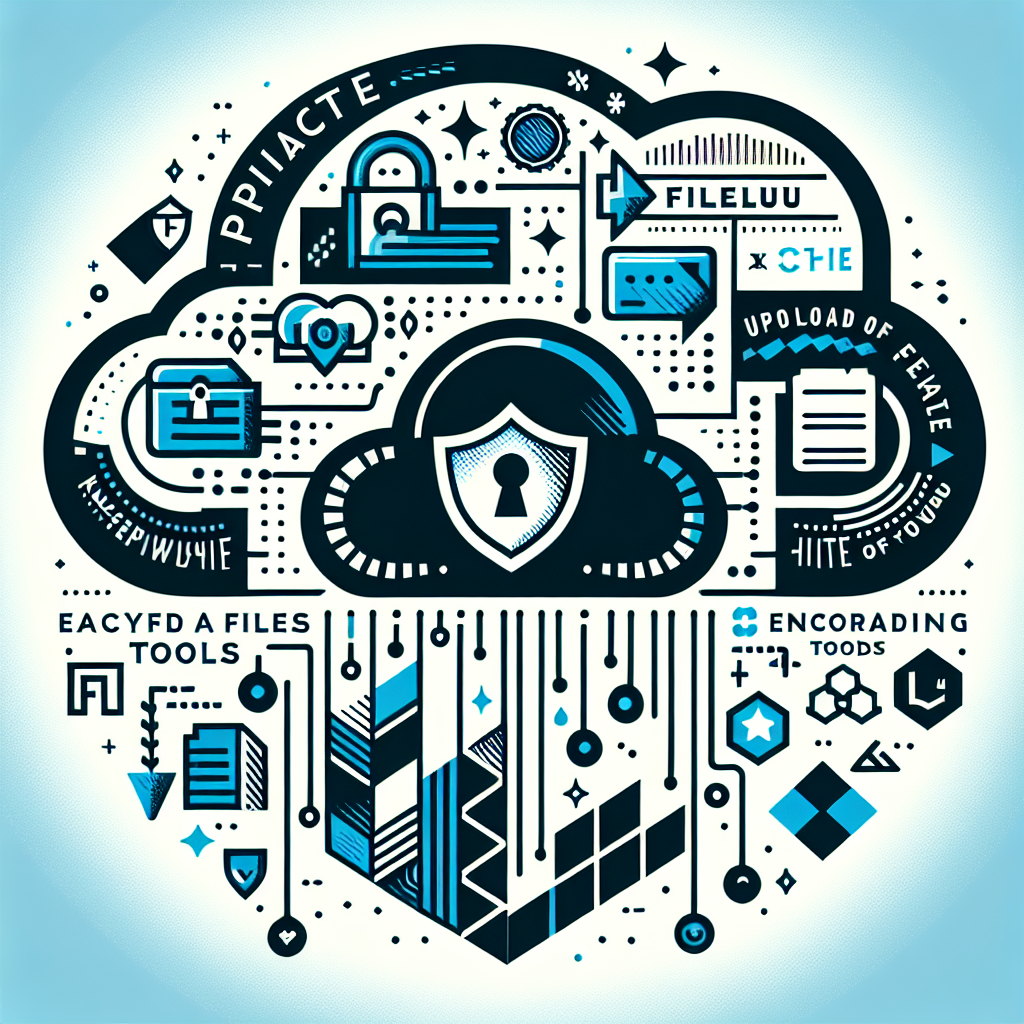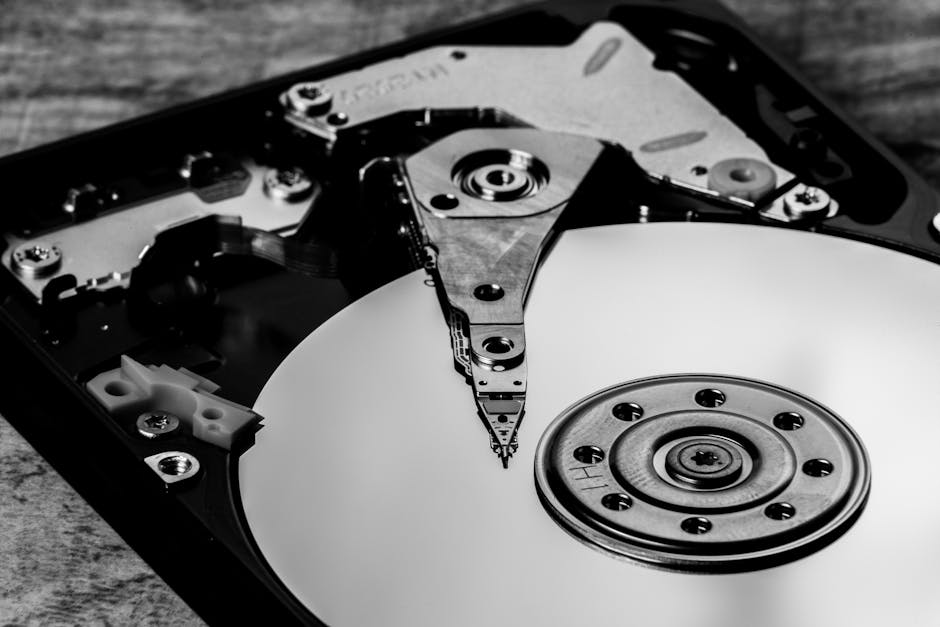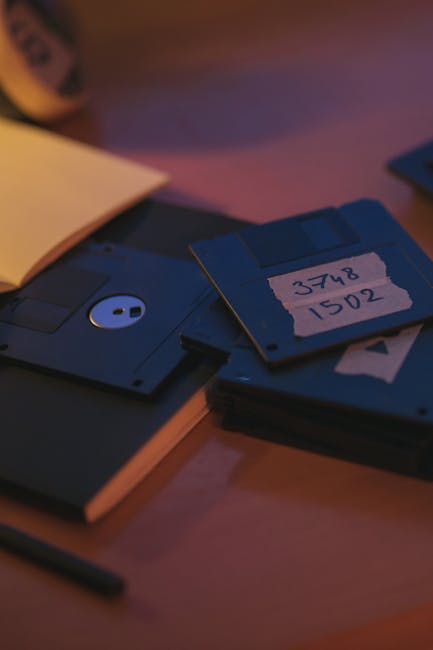Unlock encrypted content
Please enter your SSCE key to initiate on-the-fly decryption.
Decryption key: (Click cancel if you don't have the key)
Copied link to clipboard.
This feature is unavailable for free accounts. Upgrade now and enjoy all Premium benefits.
Go Premium!
This feature is unavailable for free accounts. Upgrade now and enjoy all Premium benefits.
Go Premium!
Please open this page in browser ( Google Chrome or Safari ) to use this feature.
Open In Browser
The Future of File Management: Biometric Data Storage, Lidar Technology, and Brain-Computer Interfaces.
Random related video for this blog.
Copied share link to clipboard.
Introduction
The world of file management is evolving at an unprecedented pace. With the advent of new technologies such as biometric data storage, Lidar technology, and brain-computer interfaces, the way we store and manage our files is changing rapidly. In this article, we will explore these exciting new technologies and their potential impact on the future of file management. We will also discuss the limitations of current file management systems and how the new technologies can overcome these limitations.
Biometric Data Storage
Biometric data storage is a new technology that allows users to store their data in a secure and convenient way. It uses biometric data such as fingerprints, facial recognition, or iris scans to authenticate users and grant them access to their files. This technology has the potential to revolutionize file management by providing a more secure and user-friendly way to store and access data.
One of the main advantages of biometric data storage is that it eliminates the need for passwords. Passwords are notoriously insecure and can be easily hacked or stolen. Biometric data, on the other hand, is unique to each individual and cannot be easily replicated or stolen. This makes biometric data storage a much more secure option for file management.
Another advantage of biometric data storage is that it is more convenient for users. With biometric data storage, users do not need to remember complex passwords or carry around physical storage devices such as USB drives. They can simply use their fingerprints or facial recognition to access their files from anywhere in the world.
Lidar Technology
Lidar technology is another exciting new development in file management. Lidar stands for Light Detection and Ranging and is a remote sensing technology that uses lasers to measure distances. This technology has the potential to revolutionize file management by providing a more accurate and efficient way to store and manage data.
One of the main advantages of Lidar technology is its ability to create 3D models of objects. This can be particularly useful for file management as it allows users to store and access files in a more intuitive way. For example, instead of organizing files into folders, users can organize them into 3D models of rooms or buildings. This makes it easier for users to find and access the files they need.
Another advantage of Lidar technology is its ability to scan large areas quickly and accurately. This makes it an ideal technology for file management in large organizations or industries such as construction or engineering. With Lidar technology, users can quickly scan large areas and store the data in a more efficient way.
Brain-Computer Interfaces
Brain-computer interfaces are a new technology that allows users to control computers or other devices using their thoughts. This technology has the potential to revolutionize file management by providing a more intuitive and efficient way to store and access data.
One of the main advantages of brain-computer interfaces is their ability to eliminate the need for physical input devices such as keyboards or mice. This can be particularly useful for users with disabilities or injuries that make it difficult to use traditional input devices. With brain-computer interfaces, users can simply think their commands and the computer will respond accordingly.
Another advantage of brain-computer interfaces is their ability to provide a more intuitive way to interact with files. With traditional input devices, users need to navigate through menus and folders to access their files. With brain-computer interfaces, users can simply think of the file they need and the computer will retrieve it for them.
File Management Limitations
Despite the many advantages of these new technologies, there are still limitations to current file management systems that need to be addressed. One of the main limitations is the size of files that can be uploaded to cloud storage systems. Many cloud storage providers have limitations on the size of files that can be uploaded, which can be a problem for users who need to store large files such as videos or high-resolution images.
Another limitation of current file management systems is the lack of organization options. Many cloud storage systems only provide basic organization options such as creating folders. This can make it difficult for users to find the files they need, particularly if they have a large number of files.
Conclusion
In conclusion, the future of file management looks promising with the advent of new technologies such as biometric data storage, Lidar technology, and brain-computer interfaces. These technologies have the potential to revolutionize the way we store and manage our files by providing more secure, efficient, and intuitive options. However, there are still limitations to current file management systems that need to be addressed, particularly in terms of file size limitations and organization options. With the continued development of these new technologies, we can look forward to a more streamlined and efficient future of file management.
FileLu offers a solution to many of these limitations with its large file transfer capabilities and organization options such as creating folders. With premium plans ranging from 256 GB to 500 TB at prices as low as $2.50 per month, and free plans from 10 GB to 250 GB, FileLu is a great option for users who need to store and manage large files. So why not give it a try and experience the future of file management today.
By Amelia Isabella.
Email: [email protected]
Related
Cyberpunk Data Analytics: Exploring the Future of Immersive Media Storage...
June 21, 2023
Read More
Martian Data Storage Filedrop: Secure and Efficient Collaboration for Smart...
August 28, 2023
Read More
Remote Pilot Systems: Revolutionizing Data Management and Secure File Sharing...
January 26, 2025
Read More
Popular
Revolutionizing Data Management: Innovations in Storage, Security, and Sustainable Technology.
September 24, 2025
Read More
The Future of Technology: Data Privacy, Self-Driving Cars, and Hybrid...
September 21, 2025
Read More
Exploring the Future of Data Management: Security, Efficiency, and Cognitive...
September 28, 2025
Read More
The Future of Data Storage: Exploring Advanced Encryption, Mobile Integration,...
October 5, 2025
Read More
Latest
The Future of Data Storage: Exploring Advanced Encryption, Mobile Integration,...
October 5, 2025
Read More
Exploring the Future of Data Management: Security, Efficiency, and Cognitive...
September 28, 2025
Read More
Revolutionizing Data Management: Innovations in Storage, Security, and Sustainable Technology.
September 24, 2025
Read More
The Future of Technology: Data Privacy, Self-Driving Cars, and Hybrid...
September 21, 2025
Read More
The Future of Cloud Storage: Innovations in Scalable Storage, Synchronization,...
September 10, 2025
Read More
The Future of File Storage: Exploring Cryonics, Transhumanism, and Advanced...
September 7, 2025
Read More
Innovations in Cloud Storage and Data Management: Navigating the Future...
September 3, 2025
Read More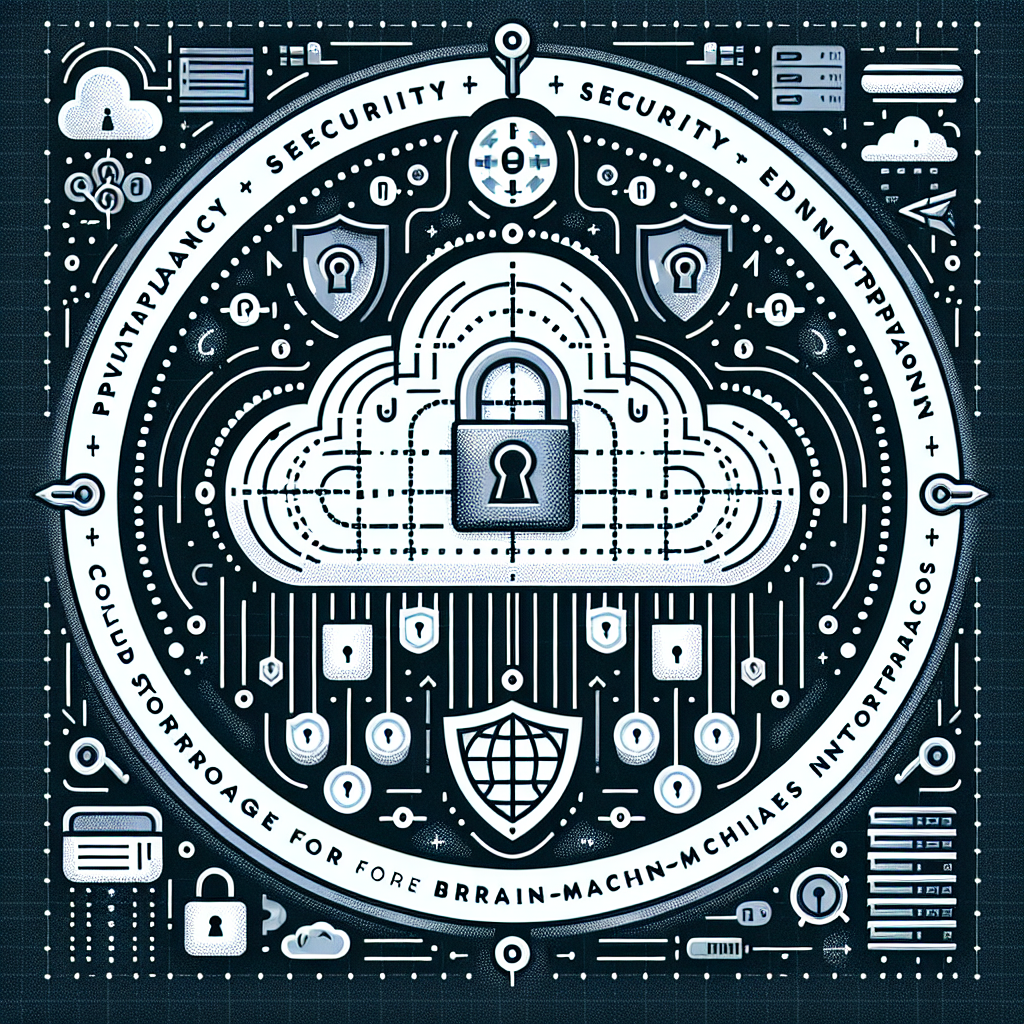
The Future of Technology: Integrating Virtual Reality, Autonomous Driving, and...
August 27, 2025
Read More
The Future of File Management: Innovations in Data Sovereignty, Security,...
August 24, 2025
Read More
The Future of Data Management: Exploring Innovations in Robotics, Genetic...
August 20, 2025
Read More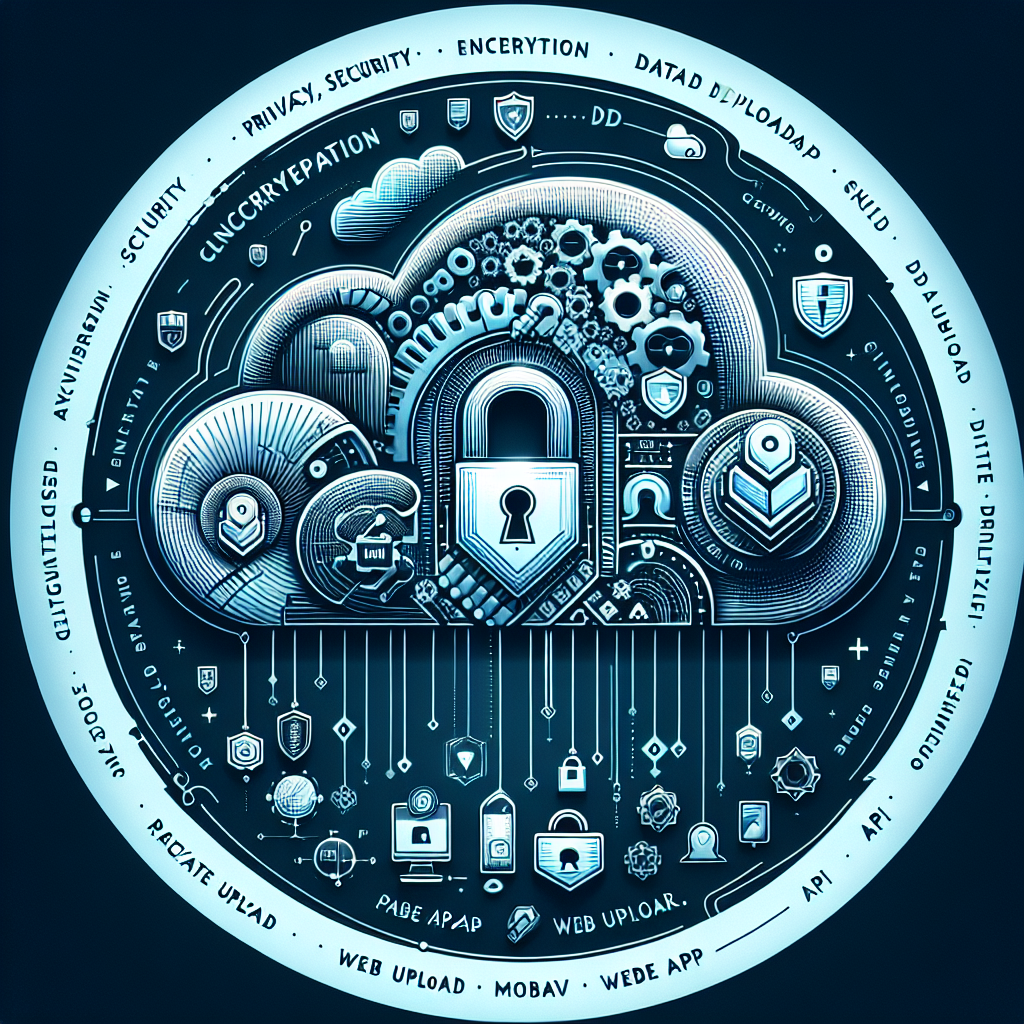
The Future of Data Management: Exploring Efficient Technologies in File...
August 13, 2025
Read More
The Future of Technology: Exploring Innovations in Artificial Intelligence, Data...
August 10, 2025
Read More
The Future of File Management: Exploring Cloud-Based Backup, Video Storage,...
August 6, 2025
Read More